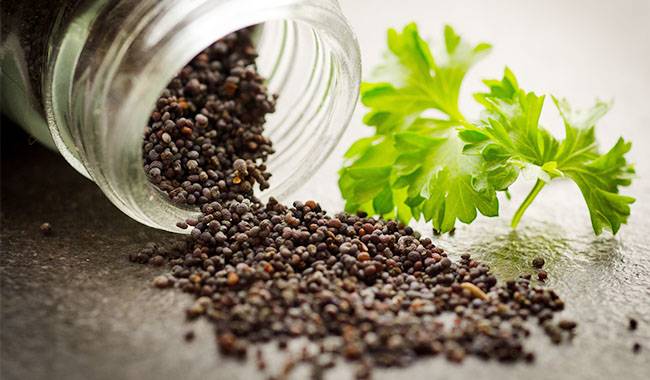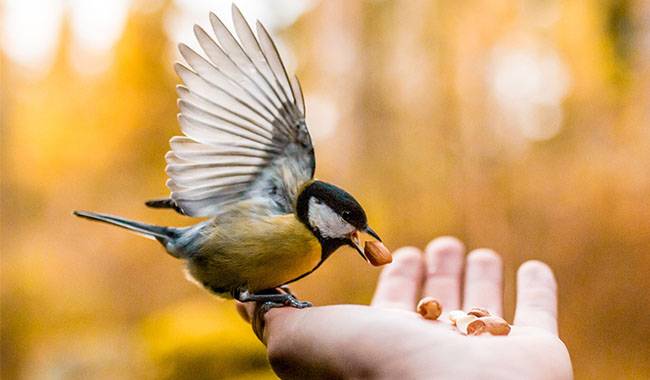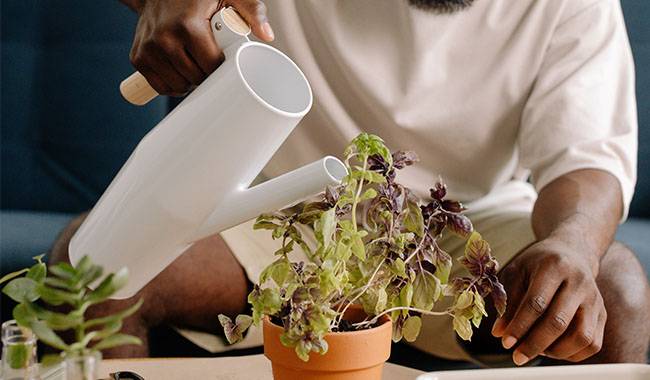
What are hardening seedlings? In order to ensure the germination and abundance of young seedlings, it is necessary to prepare the seeding material for sowing in the soil. Experienced gardeners know how to make seeds strong and resistant to low temperatures and stimulate their active growth.
This method is hardening. In this article, you will learn how to properly perform hardening and which tomato varieties need this procedure more than others.
What are hardening seedlings and what are they used for? hardening seedlings is a procedure that increases the resistance of planting material to cold and adverse environmental conditions. Tomatoes are a heat-loving crop.
In cooler soil and air temperatures, seeds that are not pre-treated will die when sown. hardening seedlings allows open field tomato seeds to be sown several days earlier than usual, speeding up seedling emergence and improving the plants’ resistance to the harsh and unpredictable conditions of the Russian spring.
DOES IT REALLY WORK?
The popularity of hardened tomato seeds is due to their high efficiency and positive impact on crop quality.
Impacts.
- tomatoes grown from formulated seeds developed well at 50°F (10°C), where normally the crop had stopped growing at 53°F (12°C).
- Hard-seeded tomatoes are known to produce 20-30% more than other tomatoes.
- Tomatoes grown with hard seeds are 40% less susceptible to fungal and bacterial (including phylloxera) diseases.
- Sprouts appear more amicably, 7-10 days earlier than usual.
- Prepared seeds do not die even in short-term frosts, which allows planting 1-1.5 weeks earlier than usual. Vegetable growers also note that pre-sowing processing also affects the taste quality of fruits: they become juicier and sweeter. Seedlings from seeds prepared in this way are also more stable and have a high survival rate.
Reference: hardening seedlings increases the effectiveness of other preparation procedures: soaking, feeding, and sterilization.
HOW TO HARDENING SEEDLINGS PROPERLY
Step by step instructions
Before hardening seedlings, you must first sort them out: then sort out the large seeds of the right shape. The seeds are then sterilized and soaked before hardening.
Among the many methods of hardening tomatoes before planting, two are the most popular: in the refrigerator and under natural conditions.
Note: Hardening is not suitable for germinating seeds: as a result of cold treatment, the germinating planting material loses the integrity of its shell and begins to rot.
In the freezer or refrigerator
This is the simplest method of preparing seeds for sowing. It consists of a simple treatment of the seeds with negative temperatures.
Instructions.
- After soaking, the expanded seeds should be freed of excess water and placed in the refrigerator, setting the temperature there to 32-26°F (0 to -3°C) in advance.
- Leave them in the refrigerator for 20 hours.
- Take them out of the refrigerator and leave them at room temperature for 5-6 hours at about 68°F (20°C).
- Put back in the refrigerator.
- The cooling and heating steps should be done alternately for 5-6 days.
UNDER NATURAL CONDITIONS
Instructions.
- Wet and swollen seeds should be wrapped in cloth or put in a cloth bag.
- Incubate at room temperature for 12 hours.
- Take the bag with the seeds outside and put it in the snow for 12 hours.
- This alternation is done for 7-12 days, after which the material is ready for planting.
It is necessary to ensure that the snow temperature does not fall below 26°F (-3°C), otherwise the seeds will die. To control it, use a thermometer and regularly drop it into the snow. Vegetable growers are advised to put the planting material in the snow during the day and bring it home at night, only then you can track the temperature of the seeds outside.
Information: The first method is considered the safest method of preservation because it is easier to control the temperature in the refrigerator.
HOW TO DEAL WITH PROBLEMS?
The main mistakes that cause deterioration of planting material are
- Refrigeration of dried seeds.
- Using seeds with reduced viability (harvested more than 2 years ago).
- Overcooling of seeds.
CONDITIONS FOR OBTAINING OPTIMAL RESULTS
- Ensuring that the seeds are moistened during hardening, and if they are already dry, slightly moistening them with water. Harden only 1-2-year-old seeds that have not yet lost their vigor.
- Only seeds that have swollen after soaking need to be hardened.
- Before the hardening seedlings procedure, sort and discard all small irregularly shaped seeds, as they are not suitable for planting.
- Hardening seedlings can only be optimal when combined with other preparation procedures (sterilization, pasteurization, soaking).
- If the seeds are bought, study the label: it is possible that they are already hardened. It is not possible to repeat the operation.
- For more thorough hardening seedlings, it is recommended to gradually increase the time the planting material is kept at low temperatures – this way the seeds will adapt to the cold more quickly.
- When hardening seedlings outdoors, avoid windy weather.
Seed hardening of tomato seeds is the key to high resistance to cultivated cold temperatures and a delicious and abundant crop. Many people think this procedure is unnecessary, but hardening tomato seeds should be necessary for the best results.







